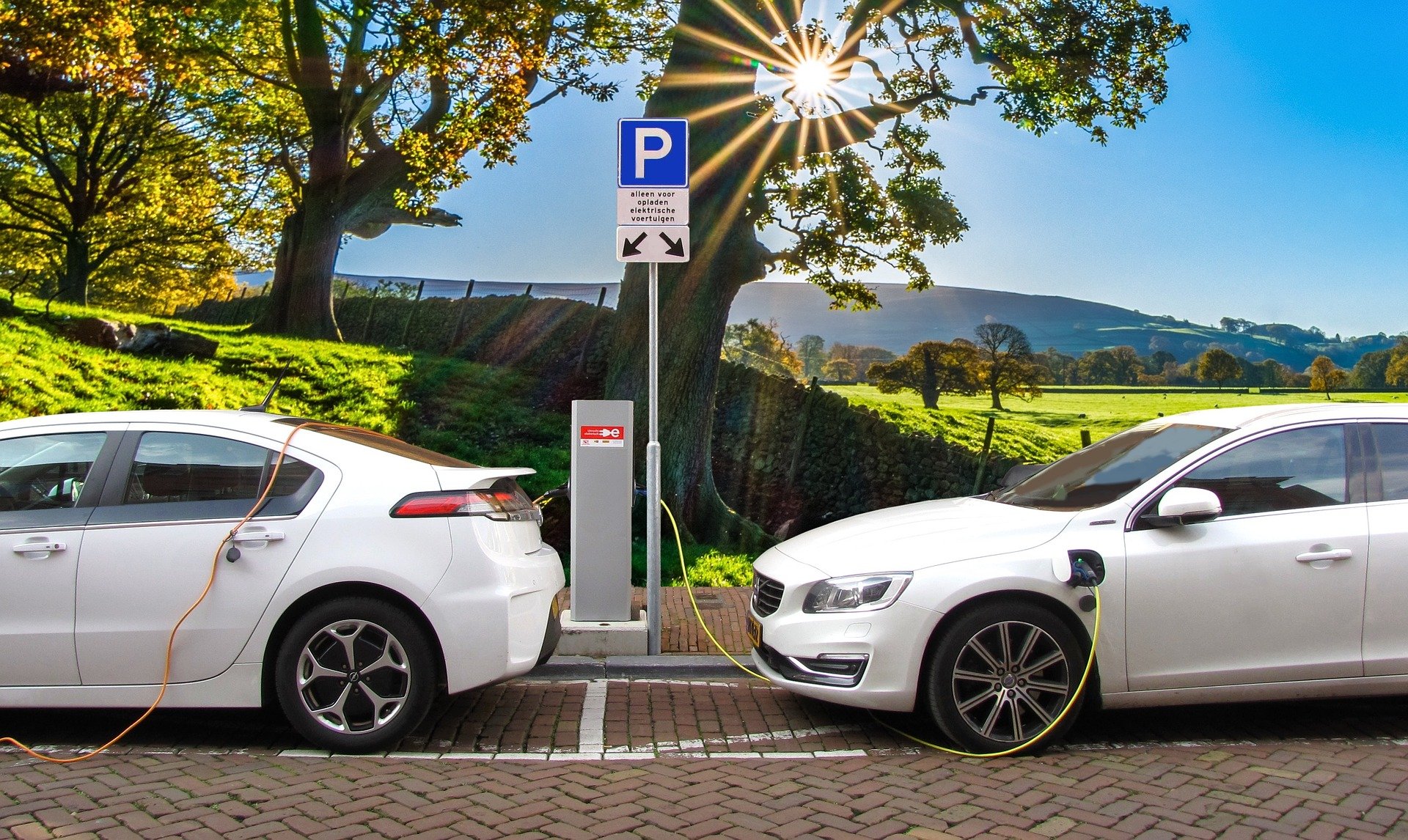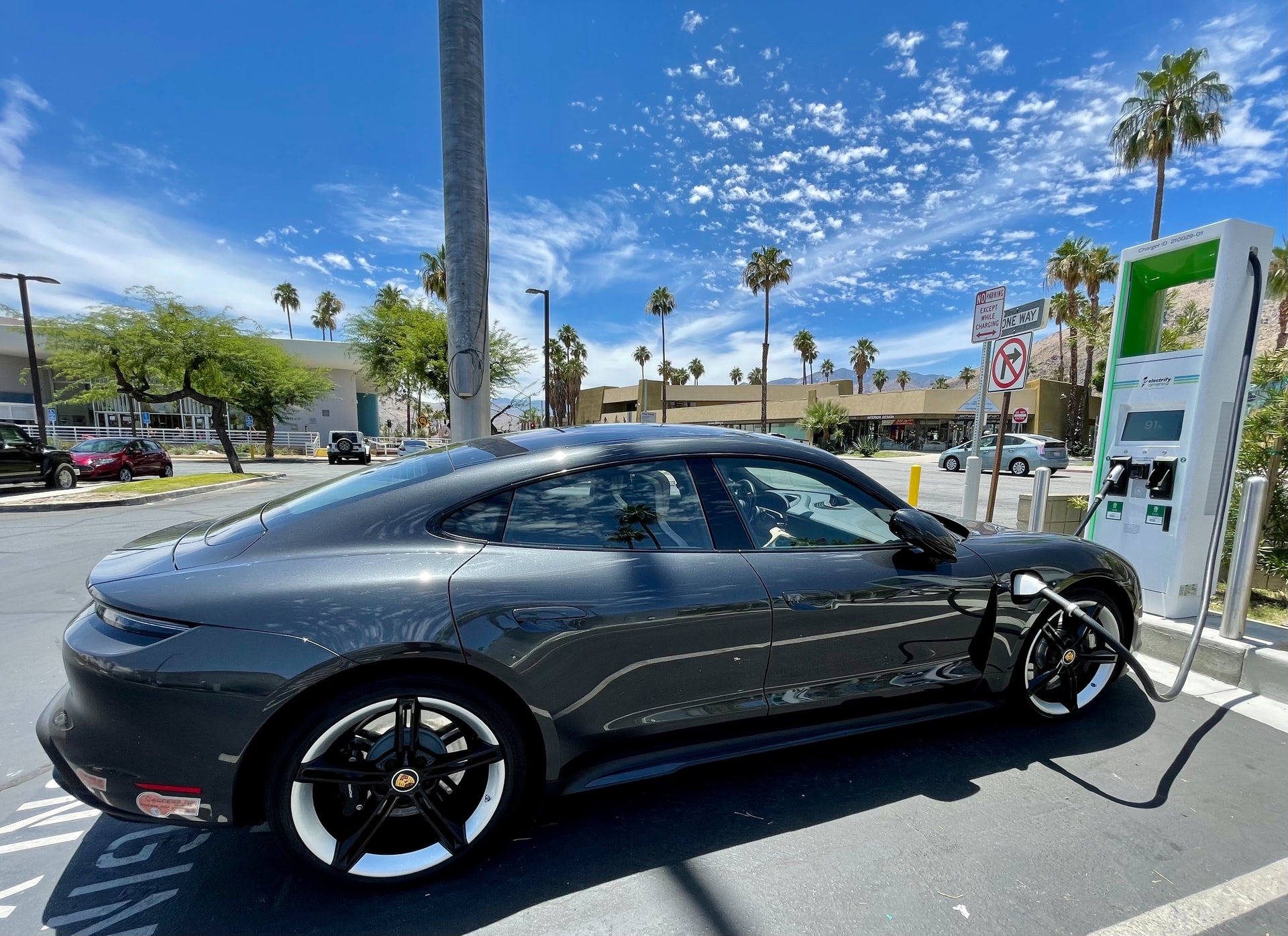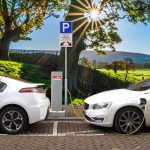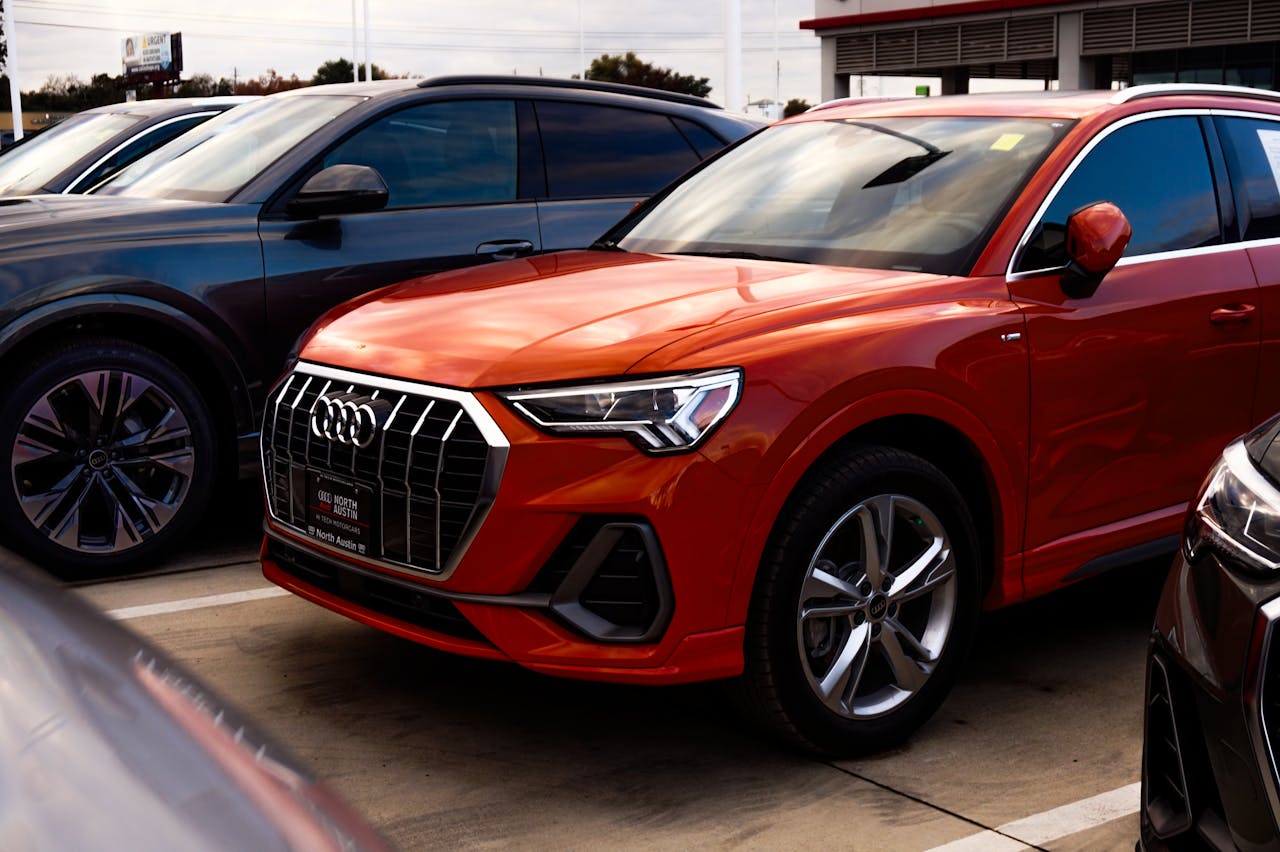
Most would agree environmental change is the characterizing issue of the 21st century (up until now, at any rate). CO2, while not the most risky ozone depleting substance, is the one we produce in amount—and with transportation answerable for 28% of CO2 emanations in the US, it’s additionally one we can altogether diminish by progressing to electric vehicles.
The Benefits of Electric Cars
Not exclusively can electric vehicles decrease your discharges, however they can likewise set aside your cash, as they’re more effective and power costs are reliably lower than petroleum or diesel costs. EVs are typically ‘more brilliant’, as well, with preferred computerized availability over customary vehicles. They are likewise very responsive and have awesome force.
However, environmental change gasses aren’t the main concern. Contamination from burning energies is an issue for wellbeing as well. EVs can do a ton to diminish air contamination—and commotion contamination, as models fluctuate among calm and for all intents and purposes quiet.
EV Issues: The Problems and Solutions
Cost and Range Anxiety
In the past the prominence of EVs overwhelmed the organization of charging stations, causing ‘range nervousness’. Proprietors were worried about running out of charge out and about; the area and number of charging stations in transit to an objective; and regardless of whether every one of the chargers would be being used when they showed up at a charging station! The principal chargers were likewise sluggish, adding a considerable measure of time to ventures.
The Solutions
Keen innovation, more proficient batteries, a quick expansion in charging focuses, just as the turn of events and sending of quick chargers, have alleviated these apprehensions—and numerous EV drivers currently pick to have a charging point at home, as well, permitting them to charge their vehicle short-term.
Today, a lot of western Europe is exceptional with chargers. In light of the quantity of chargers per country, The Netherlands starts to lead the pack, with Norway, France, Germany and the UK additionally all around provided with chargers. It’s moderately simple to discover charging focuses in Sweden, Austria, Italy, Belgium, Spain and Switzerland as well.
Notwithstanding, there’s not a worldwide norm for electric vehicle chargers, and even inside one country, there can be a scope of chargers being used (and various connectors needed to utilize them). Level 2 chargers usually found at business charging stations require 2-4 hours to completely charge your battery, while Level 3 quick chargers utilizing DC (direct current) take not exactly 60 minutes. Notwithstanding, they’re not reasonable for use with all EV batteries.
Weighty Price Tag?
EVs were at first viewed as ridiculous to the overall population because of their exorbitant cost. Be that as it may, the past couple of years have seen those costs decline altogether. Furthermore, numerous European governments, for instance, sponsor and boost purchasing electric vehicles.
Not All EVs are Created Equal
Which sort of EV would it be a good idea for you to purchase? That might rely upon what impetuses are accessible for EV buy in your nation, assuming any. Once in a while, these motivations are limited to particular kinds or models, so it merits really looking from the outset. Here is a little data on the different kinds of EVs:
BEVs (battery electric vehicles)
Completely electric vehicles with an electric engine, which store substance energy in battery-powered batteries.
FCEVs (energy component electric vehicles)
These energy units in FCEVs create electric force from oxygen and compacted hydrogen gas to control the electric engine.
HEVs (cross breed electric vehicles)
Cross breeds have a customary interior burning motor and an electric powertrain. The active energy the vehicle produces is changed over into power and put away in a battery to control the electric engine.
Other Electric Vehicles
PHEVs (module mixture electric vehicles) are battery-powered half breeds and EREVs (broadened range electric vehicles) are battery vehicles with a fuel-based valuable force unit that controls an electric generator, re-energizing the vehicle’s battery.
The Future is Electric
With numerous nations currently drawing timetables on how much longer new petroleum and diesel vehicles will be accessible, soon we as a whole are choosing which sort of EV to purchase—however whatever decision we make, we will do our cycle to save the planet (and our cash).








